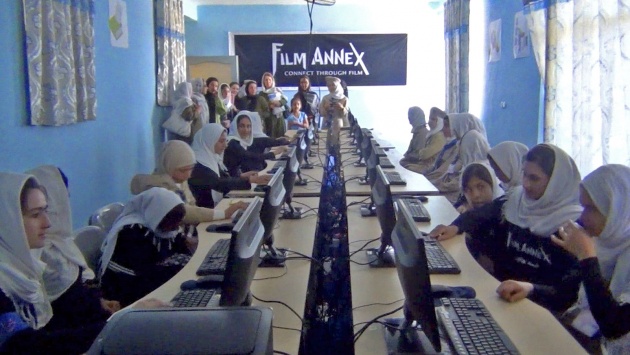So, while my blogs on Central and South Asia begin, you all are probably wondering how do I fit in with what this project entails and what do I see happening?
Well I will first start off with a little about myself, diving a little more in depth than what the bio for my page says. I am an MBA student at the SUNY New Paltz School of Business, and the Executive Vice President for the American Marketing Association.

These two opportunities that I have in my life, really give me the experience to take a vision in my head and gain a formal backing to bring to fruition. Playing off of my ability to direct vision, I am strongly entrepreneurial minded. A major success, that I have had a hand in developing is a local personal training business entitled Empowering Moment Fitness.

Along with this, I am very competitive in the sense that I compete in several marathons and train with the trainers in the company above. I believe that a strong body, coupled with a strong mind, lead for the will power and motivation to get anything done. This is why, during Francesco's speech at the AMA's 17th Annual business day conference, it caught my ear when he said taking out the biggest guy in the room means you can assume control. He explained how Central and South Asia are the hardest places in the world to do business with at the moment, but recognized due to cultural, technological, and social changes especially with examples such as the Afghan Development Project, it is on the cusp of actuality.
Central and South Asian Economies are extremely hard places to do business, primarily because of the social and political risk involved. However, due to a major increase in education reform throughout the countries, more individuals are becoming more and more involved in the working world, especially in the global economy. Now take the increased entrepreneurial and progressive motivations in each of these places, and you have potential for markets and business partners never possibly considered before.
So how do we plan to do business with Central and South Asia? The answer is easy, social media. What is possible through means of social media now-a-days, is remarkable. For example, Mr. Rulli's latest article explains how social media could help predict who would be president (and how), before final votes were tallied. This blog that Mr. Rulli wrote was followed by an article in the Times which also explains how "data crunchers" through social media figured out how the current presidential election would turn out (http://swampland.time.com/2012/11/07/inside-the-secret-world-of-quants-and-data-crunchers-who-helped-obama-win/).
So with social media being such a powerful tool, it makes perfect sense to utilize its capabilities in places such as Afghanistan. That is how I see Mr. Rulli's vision coming to fruition, and why I believe it has so much potential. All the data from places like the World Factbook and Country Watch show that these areas are on the cusp of social revolution, and they will be the next economic powerhouse. The SUNY New Paltz students that Mr. Rulli and myself will be working with, to work with individuals overseas have a great opportunity. An opportunity where we can avoid the social and political risks of moving our businesses out there, by collaboratively working on ideas with the people who already live there! As Mr. Rulli states, "niche niche niche". Niche markets are the best areas to work; you have the ability to see fully working business models, and apply them to areas that have never seen them before.
I hope I have conveyed a little bit to you how my background will play into the future of the Film Annex project, and how in my upcoming blogs my interests and drives aid in helping write exciting and interesting blogs for everyone to read.
Now it is time to get back to research, and conceptualize potential in the future.




